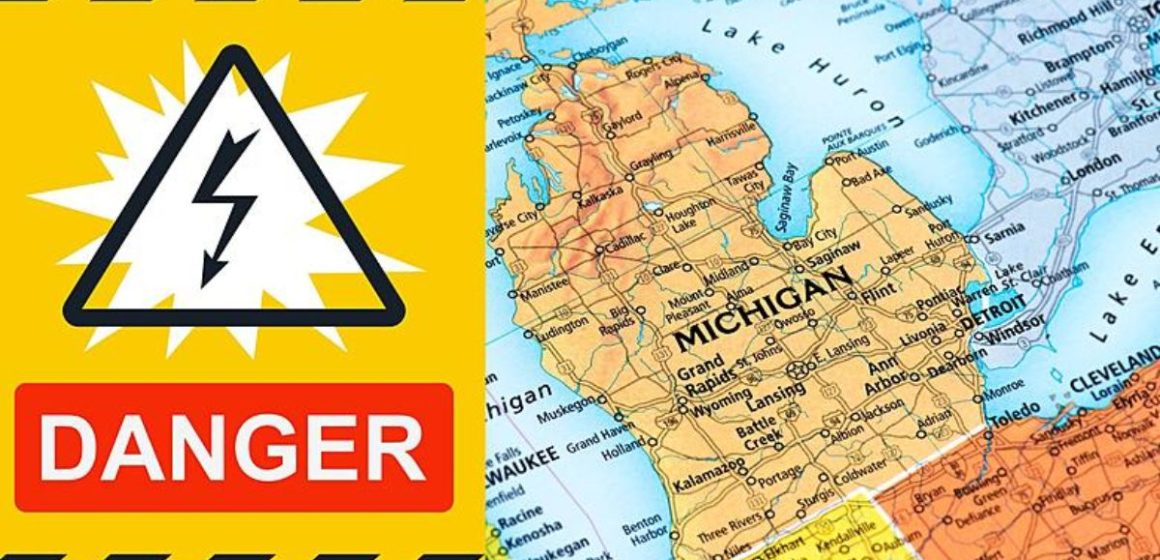Michigan, known for its picturesque landscapes and rich automotive history, also harbors cities grappling with significant safety challenges. While the state boasts many safe communities, certain urban areas face persistent issues related to crime, poverty, and systemic neglect.
This article delves into the three most dangerous cities in Michigan as of 2025, examining the factors contributing to their high crime rates and the efforts underway to address these concerns.
1. Detroit: A City of Contrasts
Detroit, Michigan’s largest city, has long been emblematic of both industrial prowess and urban decline. In 2023, the city reported approximately 40,778 crimes, translating to a crime rate of 6,506.2 per 100,000 residents, which is about 180% higher than the national average. Violent crimes, including homicides, assaults, and robberies, are particularly prevalent.
However, recent data offers a glimmer of hope. Preliminary statistics for 2024 indicate a significant decrease in homicides and violent crimes, with homicides dropping to approximately 203, the lowest since 1965 . This decline is attributed to collaborative efforts between local, state, and federal law enforcement agencies, as well as community-driven initiatives like ShotStoppers, which empower residents to combat violence.
Despite these improvements, Detroit continues to face challenges related to gang activity, economic disparities, and public perception. The city’s journey towards safety and revitalization remains ongoing, requiring sustained commitment from all stakeholders.
2. Benton Harbor: A Small City with Big Challenges
Benton Harbor, with a population of just over 9,000, ranks as Michigan’s second-most dangerous city. In 2022, the city recorded a crime rate of 6,351.2 per 100,000 residents, significantly surpassing both state and national averages . Residents face a 1 in 29 chance of becoming victims of violent crime, including assaults, robberies, and homicides.
Several factors contribute to Benton Harbor’s high crime rates. The city struggles with elevated poverty levels, limited employment opportunities, and underfunded public services. These socioeconomic challenges create an environment where crime can flourish.
Efforts to address these issues are underway, with community organizations and local authorities implementing programs aimed at economic development, youth engagement, and crime prevention. However, meaningful change will require sustained investment and a holistic approach to tackle the root causes of crime.
3. Kalamazoo: A Cultural Hub Facing Safety Concerns
Kalamazoo, known for its educational institutions and vibrant arts scene, is Michigan’s third-most dangerous city. The city reported a crime rate of 6,018.4 per 100,000 residents in 2024, with residents facing a 1 in 17 chance of becoming victims of crime . Violent crimes, including assaults and robberies, are significant concerns.
Economic factors play a substantial role in Kalamazoo’s crime rates. High unemployment and poverty levels contribute to the city’s safety challenges. Despite these issues, Kalamazoo’s strong community networks and proactive policing strategies offer avenues for improvement.
Local initiatives focusing on community engagement, economic revitalization, and youth programs aim to reduce crime and enhance public safety. Continued collaboration between residents, law enforcement, and policymakers is essential to create a safer environment for all.
Conclusion
Detroit, Benton Harbor, and Kalamazoo exemplify the complex interplay between socioeconomic factors and urban safety. While each city faces unique challenges, common themes emerge: economic hardship, limited resources, and the need for comprehensive, community-driven solutions.
Addressing these issues requires a multifaceted approach, combining law enforcement efforts with investments in education, employment, and social services. By fostering collaboration among residents, authorities, and organizations, these cities can work towards a future where safety and prosperity are accessible to all.



Leave a Reply